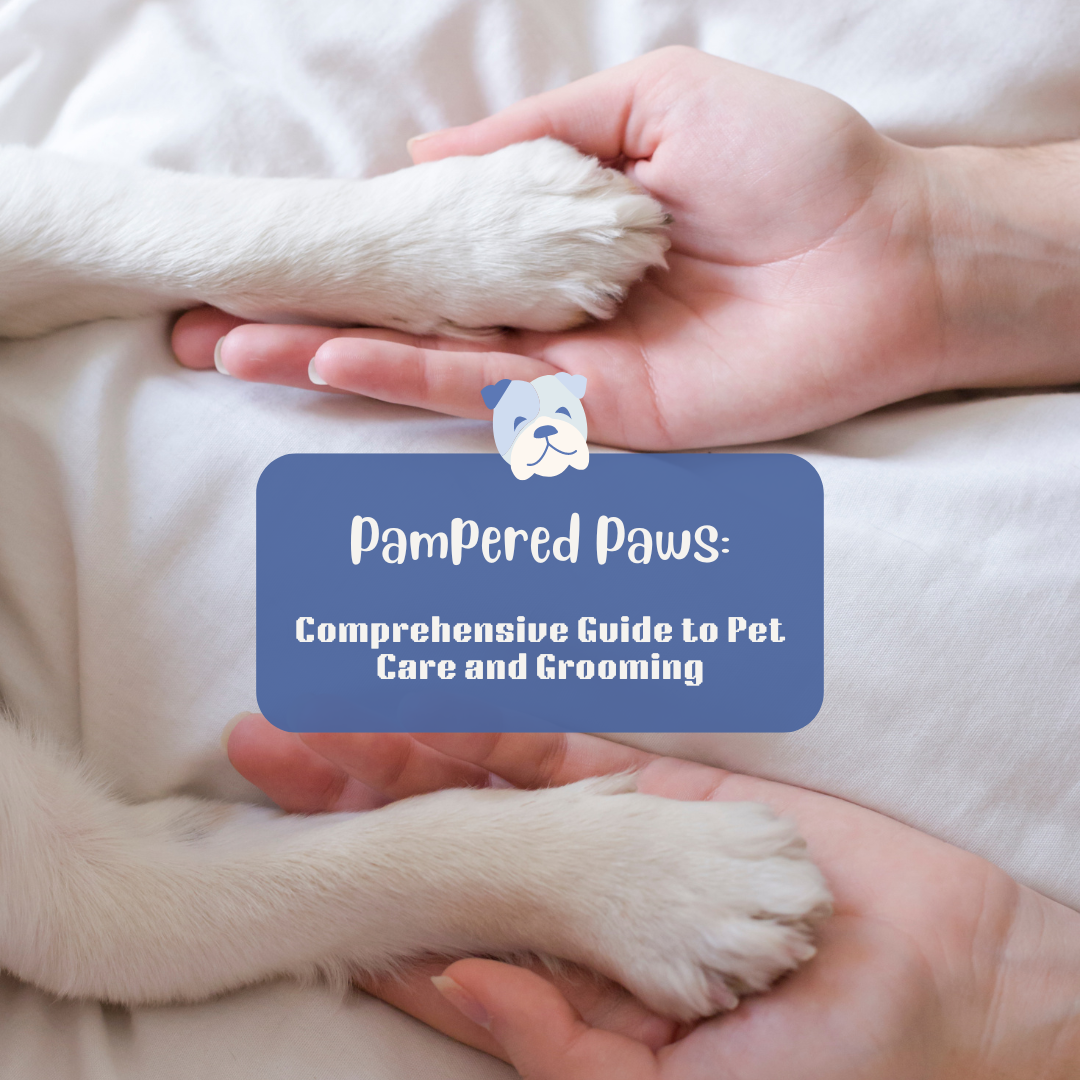Paws and Whiskers: The Ultimate Guide to Pet Care and Grooming

Welcoming a pet into your home brings immense joy and companionship. However, this joy comes with a responsibility to ensure your pet is healthy, happy, and well-groomed. Proper pet care and grooming are essential for the well-being of your furry friends. This guide covers comprehensive pet care and grooming tips to keep your pets looking and feeling their best.
Understanding Your Pet’s Needs
Each pet is unique, and understanding their specific needs is the first step in providing optimal care. Dogs, cats, rabbits, birds, and reptiles all have different requirements.
Dogs and Cats
Dogs and cats are the most common pets, and they need regular grooming to maintain their health and appearance. Dogs, depending on their breed, may need frequent baths, haircuts, and nail trimming. Cats are generally low-maintenance but still require regular brushing to prevent matting and reduce shedding.
Small Mammals and Birds
Small mammals like rabbits and guinea pigs need their cages cleaned regularly and their fur brushed to avoid tangles. Birds, on the other hand, need their feathers checked and trimmed and their cages kept clean to prevent infections.
Daily Pet Care Tips
Daily care is crucial for keeping your pet healthy. Here are some essential daily care tips:
1.Nutrition: Provide a balanced diet suitable for your pet’s species, age, and health condition. Fresh water should always be available.
2.Exercise: Regular exercise is vital for physical health and mental stimulation. Dogs need walks and playtime, while cats enjoy interactive toys and climbing structures.
3.Hygiene: Clean your pet’s living area daily. For dogs and cats, this includes scooping litter boxes and picking up waste in the yard.
4.Social Interaction: Spend quality time with your pet. Social interaction is essential for their emotional well-being.
Grooming Essentials
Grooming is more than just keeping your pet looking good. It prevents health issues such as skin infections and matting. Here are the essential grooming practices:
Brushing
Regular brushing removes loose hair, dirt, and prevents tangles. Dogs with long hair may need daily brushing, while short-haired breeds might only need it once a week. Cats, especially long-haired breeds, also benefit from regular brushing.
Bathing
Dogs typically need a bath every 1-3 months, depending on their breed and lifestyle. Use a pet-friendly shampoo to avoid skin irritation. Cats usually do not need baths unless they get particularly dirty or have a medical condition.
Nail Trimming
Trimming your pet’s nails is crucial to prevent discomfort and potential injuries. Dogs generally need their nails trimmed every 1-2 months. For cats, providing a scratching post can help keep their nails in check, but regular trimming may still be necessary.
Ear Cleaning
Regular ear checks and cleaning can prevent infections. Use a vet-recommended ear cleaner and avoid inserting anything deep into the ear canal.
Dental Care
Dental hygiene is often overlooked but is vital for your pet’s overall health. Brush your pet’s teeth regularly with a pet-specific toothpaste. Dental treats and toys can also help maintain oral health.
Grooming Techniques
Proper grooming techniques make the process smoother and more effective. Here’s how to groom your pet effectively:
1.Start Early: Introduce grooming to your pet at a young age to make it a positive experience.
2.Use the Right Tools: Invest in quality grooming tools suitable for your pet’s coat type and size. This includes brushes, combs, nail clippers, and shampoo.
3.Be Gentle: Handle your pet gently during grooming sessions. Speak in a calm voice to reassure them.
4.Check for Issues: While grooming, check for signs of health problems like lumps, rashes, or parasites.
Professional Grooming
While home grooming is essential, professional grooming services can be beneficial, especially for pets with special grooming needs. Professional groomers have the expertise and tools to handle difficult grooming tasks, such as intricate haircuts and thorough cleaning.
Seasonal Grooming Tips
Different seasons bring different grooming challenges. Here’s how to adapt your grooming routine throughout the year:
Spring and Summer
– Shedding: Pets tend to shed more in spring. Regular brushing helps manage shedding and keeps your home cleaner.
– Fleas and Ticks: Use preventive treatments to protect your pet from fleas and ticks, which are more prevalent in warmer months.
– Heat Protection: Keep your pet cool and hydrated. Avoid walking dogs on hot pavement to prevent paw burns.
Fall and Winter
-Winter Coats: Some pets grow thicker coats in winter. Regular brushing prevents matting.
-Skin Care: Cold weather can cause dry skin. Use moisturizing shampoos and keep your pet’s skin hydrated.
-Safety: Keep your pet warm with appropriate clothing and bedding, especially for short-haired breeds.
Addressing Common Grooming Challenges
Grooming can present challenges, especially with anxious or uncooperative pets. Here are some tips to address common issues:
1.Anxiety: Gradually acclimate your pet to grooming tools and routines. Use treats and positive reinforcement.
2.Mats and Tangles: Use a detangling spray and gently work through mats with a comb.
3.Difficult Nails: If trimming nails is challenging, try doing one paw at a time and reward your pet after each session.
Conclusion
Pet care and grooming are essential aspects of being a responsible pet owner. By understanding your pet’s specific needs, maintaining a regular grooming routine, and seeking professional help when necessary, you can ensure your pet stays healthy and happy. Remember, a well-groomed pet is not only a joy to look at but also a reflection of your love and commitment to their well-being. Keep your pet’s paws and whiskers pristine, and they’ll reward you with unconditional love and companionship.








